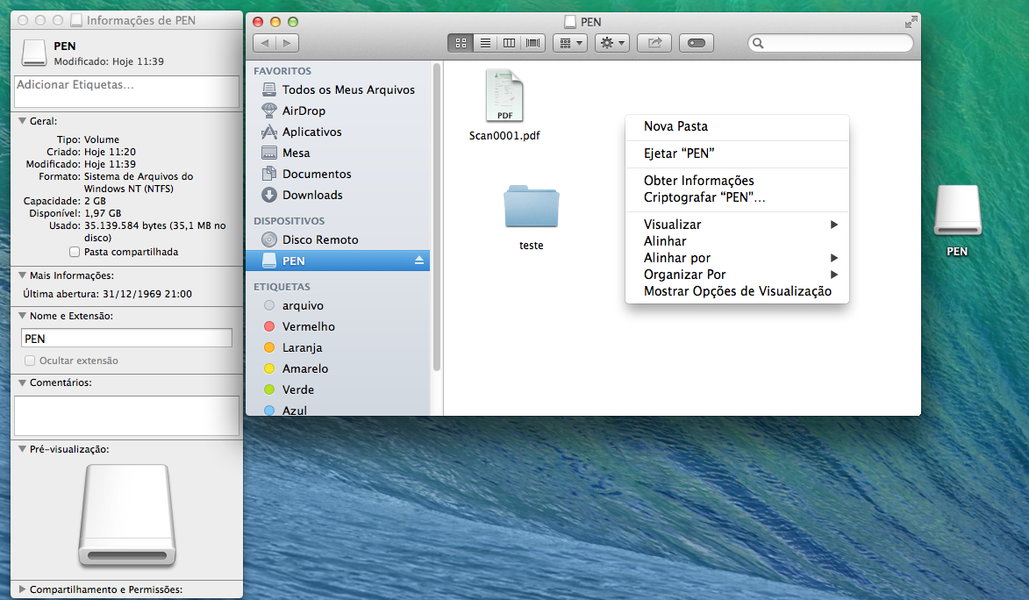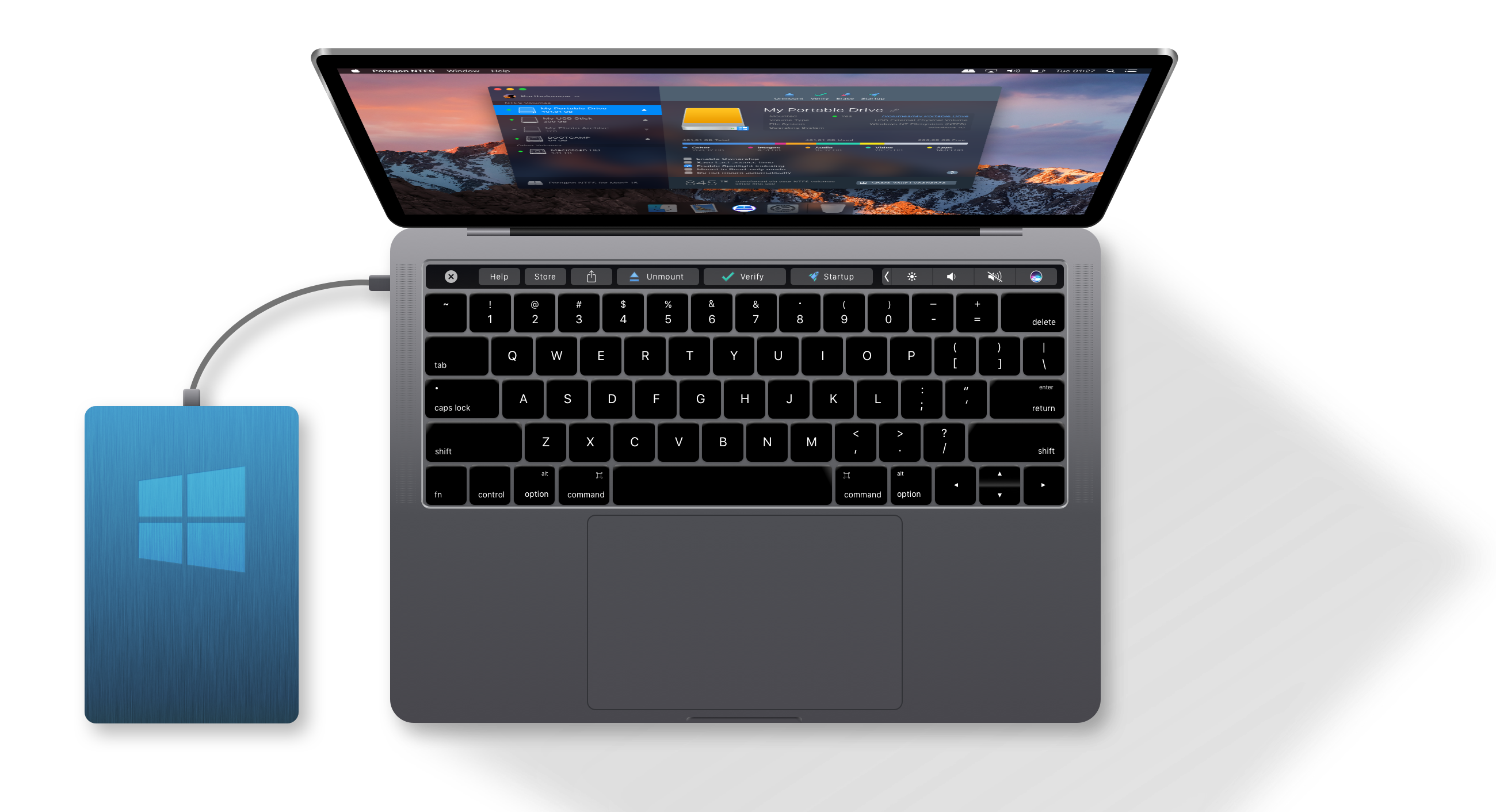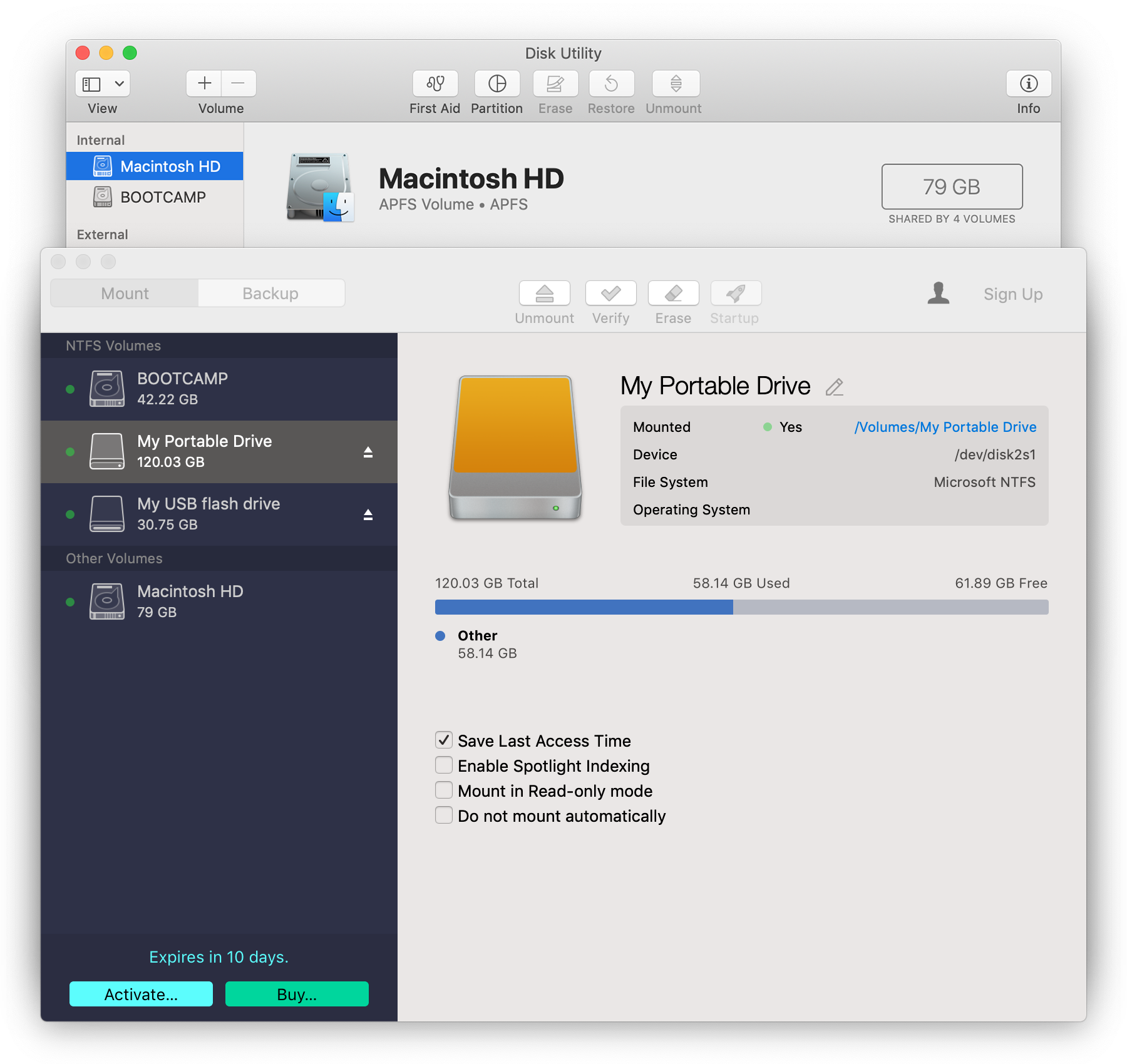

- #IS IT SAFE TO WRITE TO NTFS ON MAC FOR FREE#
- #IS IT SAFE TO WRITE TO NTFS ON MAC HOW TO#
- #IS IT SAFE TO WRITE TO NTFS ON MAC MAC OS X#
- #IS IT SAFE TO WRITE TO NTFS ON MAC INSTALL#
- #IS IT SAFE TO WRITE TO NTFS ON MAC FULL#
This file does nothing, contains no useful data, and might go away inįuture releases. On my system the /etc/fstab file was named fstab.hd Well I found some info that enables that Write support.Ģ - Type "diskutil info /Volumes/volume_name" According to some sources, SL was supposed to have native RW capabilities.
#IS IT SAFE TO WRITE TO NTFS ON MAC FOR FREE#
I believe I've seen some other drivers for free around the net that seemed to work just as well so I started my search. I had used Paragon before but their current version does not run under 64bit SL yet. I had setup Windows again so I was going to want to access its data from the SL side as well.

I don't know if it was the BC drivers or Windows 7 had built in HFS read capabilities but none the less, I could do it. Low and behold I was able to read my Mac HD. After doing so and loading the BootCamp drivers, I noticed in My Computer, there was my Mac HD. After a bit of research, I figured I had either 2 choices, wipe out my HD and start again with a freshly partitioned drive or just reinstall Windows. I thought that removing the BootCamp partition would get rid of it but I guess not. After installing rEFIt I noticed that the old MBR still showed up on the boot screen.
#IS IT SAFE TO WRITE TO NTFS ON MAC INSTALL#
I had setup a clean install of SL on my MBP 13inch a few weeks ago but I chose not to install windows again for a bit.

Now maybe I missed it somewhere along the line and maybe some of you already know it but here it is. I hadn't seen any info on it anywhere so I was quite surprised when I saw it. I found quite the interesting thing the other day. This looks pretty similar to the hint I submitted on the 24th. Once this is complete, continue with your install.Īnd that's it! all is well in Windows land! Click once to select the partition labeled "BOOTCAMP" and click FORMAT. Insert your Windows 7 disc and restart.Ĥ) When the Windows installer starts, click through the series of prompts until it brings you to a list of your internal disks. Bring up Boot Camp Assistant and partition your disk to whatever size you prefer.
#IS IT SAFE TO WRITE TO NTFS ON MAC MAC OS X#
This could take a while.ģ) Boot back into Mac OS X on your recently-restored HD. Then, quit Disk Utility and bring up the Time Machine Restore window of the installer. Erase your Mac's internal HD, so that there is only one partition, and it is formatted Mac OS Extended (Journaled). Additionally, make sure you have a very recent Time Machine backup.Ģ) Boot from your Snow Leopard install DVD and bring up Disk Utility. Since you cannot access the volume on Mac OS X, this means you must boot into Windows and copy what you want to another drive or partition. ***BEWARE, doing this is DANGEROUS, and could leave you with a non-working system if you do not follow carefully!ġ) Make a backup of any important files you have on your current Windows partition. knowing this, i downloaded another "retail" iso from a bittorrent site just in case my MSDNAA iso was corrupted somehow (since i already had a legitimate key, it didn't matter where the install source came from). at the time, i did some research and people were saying that to get past this freeze, one had to delete the partition created by Boot Camp Assistant (BCA) and create a new partition while in the Windows 7 installer. this disc, for some reason or another, would freeze upon the "completeling installation." stage of the install. i should mention that the first Windows 7 Pro disc i had, i downloaded from my school's MSDNAA website and burned the iso directly. This past weekend, after being fed up with not being able to see the windows partition, i decided to start from scratch. My thanks go to Chrysaor, a MacRumors user who brought this to our attention. Support is quite good and fast, and it even recognizes file attributes such as hidden files. This works with both 32- and 64-bit kernels. Save the file and quit nano (Control-X, Y, Enter), then restart your system.Īfter rebooting, NTFS partitions should natively have read and write support.Repeat the above steps for any other NTFS drives/partitions you have.The final line should look like this: UUID=123-456-789 none ntfs rw, where 123-456-789 is the UUID you copied in the first step. In the editor, type UUID=, then paste the UUID number you copied from the clipboard.Back up /etc/fstab if you have it it shouldn't be there in a default install.From the output, copy the Volume UUID value to the clipboard. In Terminal, type diskutil info /Volumes/volume_name, where volume_name is the name of the NTFS volume.

#IS IT SAFE TO WRITE TO NTFS ON MAC HOW TO#
Here's how to get read/write support for NTFS drives in Snow Leopard: First, uninstall NTFS-3G or Paragon if you're using either one.
#IS IT SAFE TO WRITE TO NTFS ON MAC FULL#
Here's how to get full read/write support for NTFS drives in Snow Leopard. Snow Leopard has the ability to mount NTFS volumes as read/write, but it's not enabled by default - just read only is supported, as in 10.5.


 0 kommentar(er)
0 kommentar(er)
